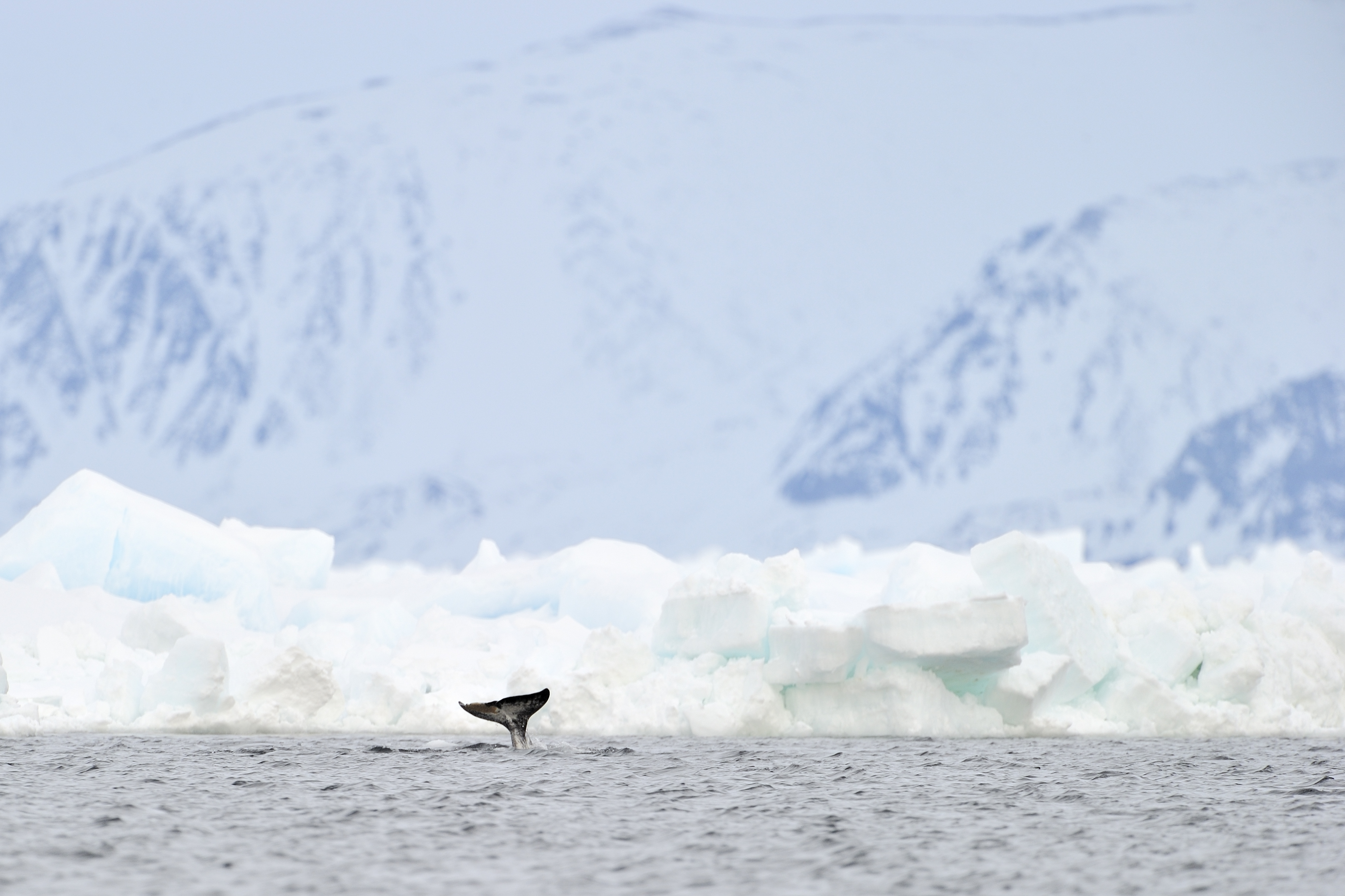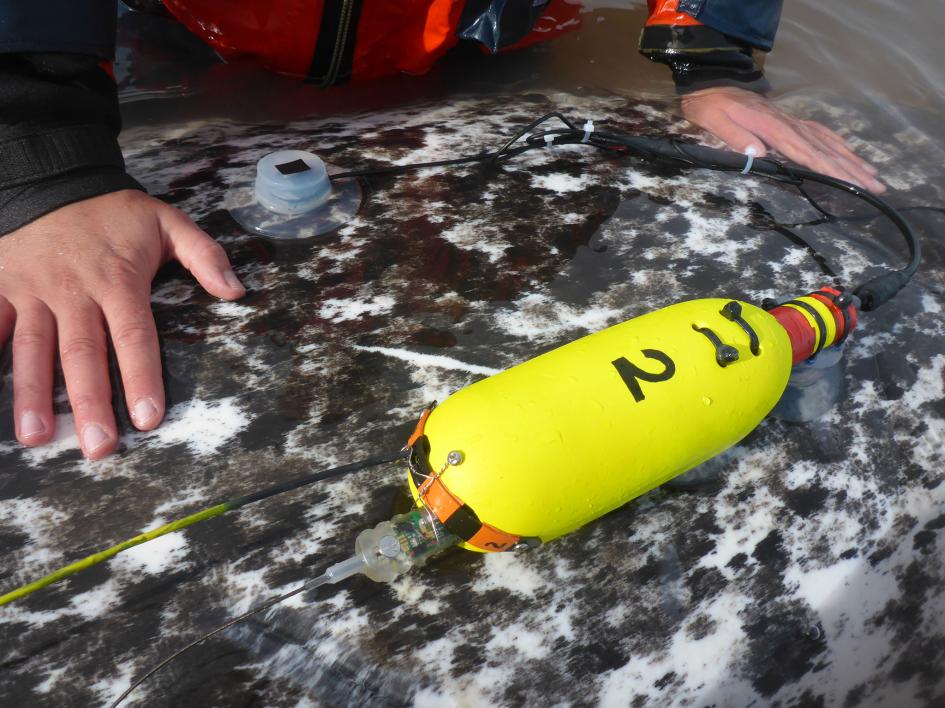Narwhals’ natural threat response could backfire as they encounter more human activity

Once relatively isolated from human contact, narwhals risk falling victim to their natural reaction to threats as human activities increase in the Arctic waters that form their habitats, a paper published in the journal Science this week concludes.
The findings are based on studies that involved measuring the heart rate of narwhals in eastern Greenland this past summer. They show that at the same time as narwhals display state of heightened awareness in the form a classic ‘flight’ response when confronted with a situation they perceive as dangerous, their bodies also enter an opposite physical state described by scientists as ‘freezing,’ akin to an opossum playing dead.
In whales, freezing, a situation in which heart rate drops to a fraction of normal, is believed to be beneficial by reducing the amount of oxygen required, something that is useful during extended dives.
The study found that the heart rate of narwhals was normally 60 beats per minute. After rising briefly as a result of the flight response, heart rates during an escape dive dropped to between 10 and 20 beats per minute, before gradually rising again.

The findings also revealed that during normal dives, a narwhal can use up to half of its oxygen, while an escape dive can require 97 percent of its oxygen.
Although this is not considered to be dangerous to narwhals seeking to escape predators that cannot swim, the scientists suggest it could prove to be a harmful response to human activity.
This is because activities such as sonar or seismic testing can reach narwhals regardless of depth. By fleeing slowly, narwhals prolong their exposure to the disturbance. And, if they wait to surface to breathe until the threat has passed, their rising heart rate may result in a critical state of oxygen depletion.
“The implications of this study are cautionary, showing that the biology of these animals makes them especially vulnerable to disturbance,” lead author Terrie M. Williams explained in an article accompanying the paper.
Studies of other types of whales have linked exposure to noise stemming from human activity at sea to incidents of whale beachings. The authors of the paper suggest that narwhals may be affected in the same manner.